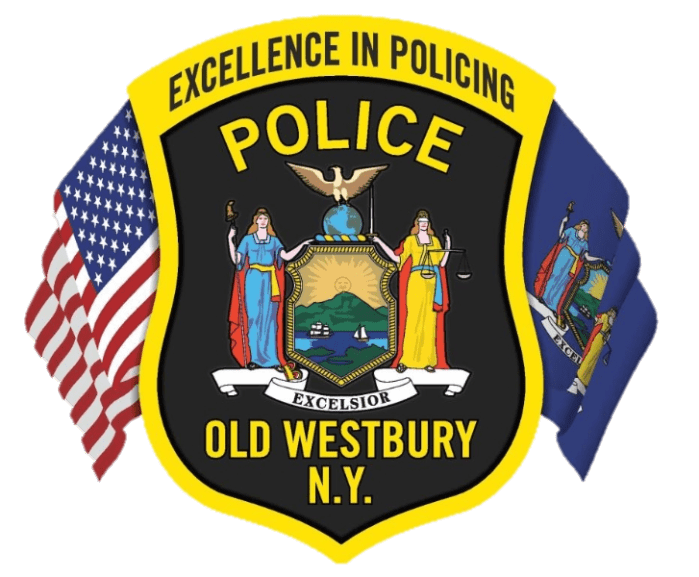Long Islanders gathered at numerous community centers last week, to voice their opinion on Governor Andrew Cuomo’s plan to add a third track on the Long Island Rail Road (LIRR) between Floral Park and Hicksville.
The plan has drawn both support and opposition and the MTA/LIRR held six public scoping meetings last week in New Hyde Park, Westbury, Hicksville and at Hofstra University to get community feedback prior to conducting an environmental review.

“We want to find out concerns and enter every comment into the review process for the project,” said MTA spokesman Aaron Donovan, adding that the scoping sessions are the beginning phase of the project, which will help the MTA determine what to focus on in the environmental review process. “Step one is to get the public’s input to help define what needs to be studied. Once we have those parameters, we’ll begin the main part of the environmental impact study.”
The MTA released scoping documents online on May 5, which explained the need for the project, its background and what environmental issues should be studied. In proposing the project, the governor has said adding a third track along the corridor will help relieve peak hour congestion on trains and roads, prevent frequent delays caused by emergency repair and increase service to employment centers on Long Island.
Paul Floroff, a Glen Head resident, attended public hearings on the third track project when it was proposed about eight years ago and said he came to the meeting at Hofstra last week to show his support once again.
“I think it’s long overdue,” Floroff said. “I’ve read too many stories about people who are intoxicated and driving on our highways. By improving public transit, we can help reduce the major crisis of impaired driving.”
John Michno from Westbury said that as someone who relies on public transportation, adding more service via a third track would be a huge help.
“We need a more reliable mainline. Service on the Huntington and Ronkonkoma branches is woefully inadequate,” Michno said, adding that there were often long waits in between trains outside of rush hour. “Many in our community rely on public transportation to get around and the current situation is a hardship. I don’t know how anyone could be opposed to this.”
Garden City Mayor Nicholas Episcopia voiced his opposition to the third track, saying he didn’t see the benefit it would bring to central Nassau.
“Nobody has shown us any kind of plan. We hear this is going to be a great economic boom, but we don’t really know how or why,” Episcopia said. “Nobody knows how many more trains are going to stop at the stations. Many of the people I spoke to think this is nothing but a third track to service Suffolk County. We just don’t see the economic benefit for central Nassau County, which will bear the burden of the disruption.”
He went on to say that prior to the announcement of the third track project, LIRR president Patrick Nowakowski had said delays on the railroad were caused by an antiquated switch system.
“I sincerely hope this project is reconsidered and the switches and other important repairs and improvements are done before anybody considers a third track,” said Episcopia. “This entire process was rushed. It’s very unfair.”
Jennell Horan, Floral Park Board of Education vice president, echoed Episcopia’s opposition, adding that in her community, adding a third track would directly affect two schools that are next to the railroad.
“The John Lewis Childs School is directly up against the railroad and the front door of the Floral Park-Bellerose School is 60 to 80 feet from the railroad. During the construction and staging, the John Lewis Childs School will be affected by the noise and construction,” Horan said. “We’re concerned about noise, increased traffic, vibrations and congestion.”
Horan said while she hopes the third track doesn’t happen, if the project does go forward she hopes that the community’s specific concerns are addressed.
“My hope is that they slow it all down and address each and every one of our concerns,” Horan said. “We’re not a community that wants to say no, we’re concerned about the safety of our children and schools.”
The MTA did not address or answer any of the concerns or praises brought up at the scoping hearings, instead it merely listened to the public’s comments. Several residents and local officials expressed their frustration at what they felt was a rushed process, without sufficient time to look over the 82-page scoping document or get proper information about the project. Residents who live or work alongside the track cited noise and vibrations from the trains as their biggest worries.
“This is disturbing our way of life,” said Mineola’s Anahit Shishmanian. “I oppose the project completely. With two trains passing by it already makes a lot of noise and vibration. I don’t think they can fix that. That’s not the quality of life I want to live.”
While no definite plans have been released, the project officials said they are looking into barrier walls to abate noise and vibrations. Donovan said that more details about the whole project will be provided throughout the environmental study process.
The public can provide their comments on the project until June 13 at www.amodernli.com or by visiting the project information center at the Mineola Station-South Platform. The MTA expects to release a draft environmental impact statement later this year and a public comment period for that document will follow thereafter.





























